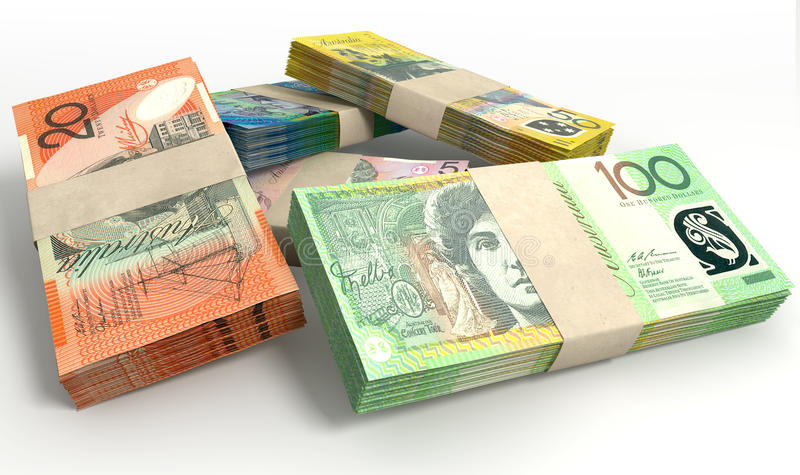Australian Dollar pair rises as US statistics support the possibility of a sharp Fed rate drop next week.
Australian Dollar rise for the third straight session on Friday, as economic data from the United States (US) strengthened the prospect that the Federal Reserve (Fed) may cut interest rates by 50 basis points next week.
The US Labor Department stated that Initial Jobless Claims for the prior week climbed as expected, outpacing previous weeks’ results. Additionally, US industrial inflation increased. Higher servicing expenditures are driving the above-average performance. Investors now turn their attention to the Michigan Consumer Sentiment Index, which is slated on Friday.
According to the CME FedWatch Tool, markets fully expect the Federal Reserve to decrease interest rates by at least 25 basis points (bps) at its meeting in September. The possibility of a 50 basis point rate drop has risen substantially to 41.0%, up from 14.0% the day prior.
The Australian Dollar (AUD) gained strength as Reserve Bank of Australia (RBA) Governor Michele Bullock maintained a hawkish perspective, stating last week that it is too early to discuss rate reduction since inflation remains too high.
Daily Market Movers: Australian Dollar extends its gain due to increased risk sentiment.
The United States Producer Price Index (PPI) In August, the rate increased by 0.2% month on month, above the expected 0.1% increase and the preceding 0.0%. Meanwhile, core PPI increased by 0.3% month on month, above the predicted 0.2% increase and the 0.2% decline in July.
For the week ending September 6, US initial jobless claims increased marginally to the expected 230K from the previous 228K estimate.
Former Reserve Bank of Australia (RBA) Governor Bernie Fraser attacked the current RBA Board for prioritizing inflation over the job market. Fraser urged that the Board cut the cash rate, citing “recessionary risks” that could have serious effects for employment.
Consumer inflation expectations in Australia fell to 4.4% in September, a modest decrease from August’s four-month high of 4.5%. This deterioration emphasizes the central The bank’s efforts to strike a compromise between lowering inflation in a realistic timeframe and retaining labor-market gains.
US Consumer Price Index fell to 2.5% year on year, down from 2.9% the month before.
In August, the US Consumer Price Index fell to 2.5% year on year, down from 2.9% the month before. The index fell below the projected 2.6% reading. Meanwhile, the headline CPI was up 0.2% month on month.
The US core CPI ex Food & Energy stayed constant at 3.2% YoY. On a monthly basis, core CPI increased to 0.3% from 0.2% previously.
According to a CNN survey, Harris won the first US presidential debate between former President Donald Trump and Democratic nominee Kamala Harris in Pennsylvania. The debate began with a critical examination of the economy, inflation, and economic policies.
On Wednesday, Sarah Hunter of the Reserve Bank of Australia’s (RBA) Assistant Governor for Economics stated that high interest rates are lowering demand, which is projected to cause a moderate economic slowdown. Hunter also noted that the labor market remains tight relative to full employment levels, with employment growth expected to continue, but at a slower rate than population growth, according to Reuters.
https://voiceoftraders.com/analysis/fundamental-analysis/us-dollar-remains-flat-ahead-of-ppi









